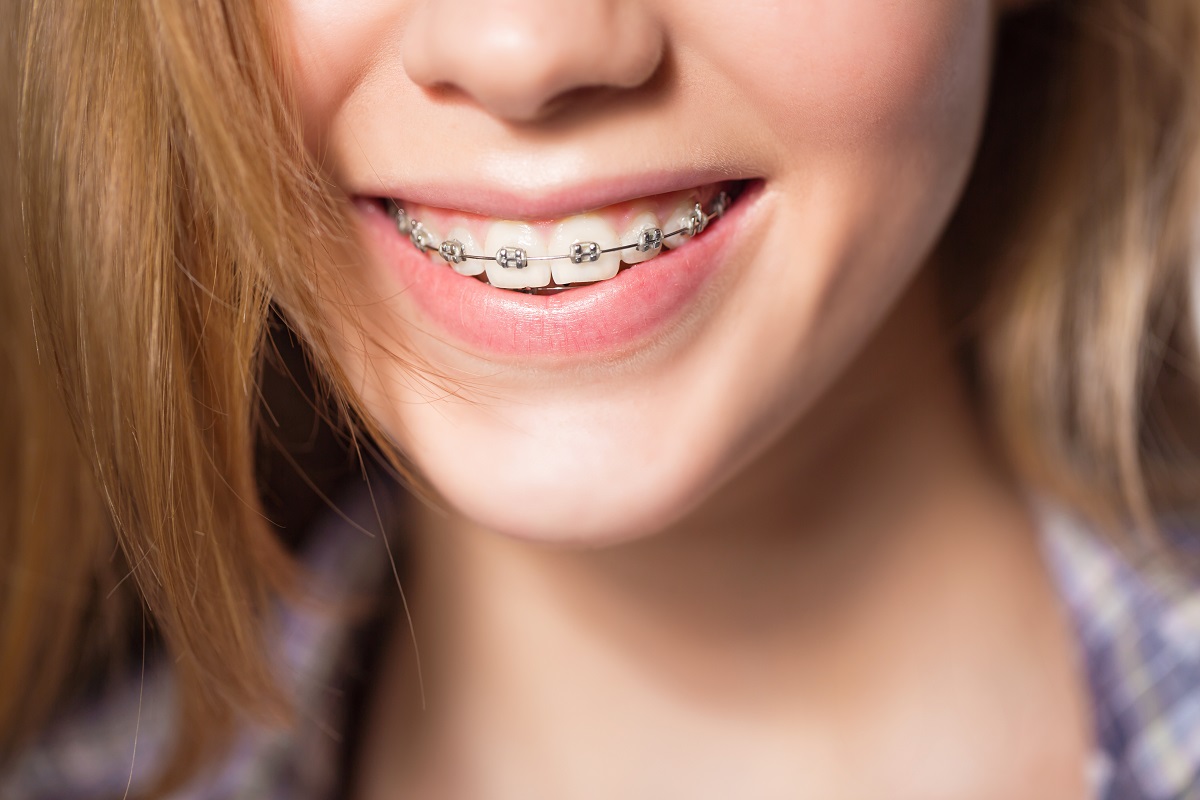Disclaimer: This website provides health information for educational purposes only and is not a substitute for professional medical advice, diagnosis, or treatment. Always seek the guidance of a qualified healthcare provider with any questions you may have.
For many people, it may be difficult to discern what the main differences are between dentistry and orthodontics. Effectively, while orthodontic treatments are a branch of dentistry, they focus more specifically on the straightening of teeth than many other branches. Having straight teeth is important, not only for cosmetic reasons, but also because straight teeth are healthy for the mouth. The majority of orthodontic treatments are performed using some form of dental braces. Whilst most orthodontic treatments have this particular aspect in common, there are still multiple different types of orthodontic treatment that are used for different purposes. Therefore, in this article, some of these treatments will be examined and information about how these different treatments work will be provided.
Orthodontic treatments
Often, orthodontic treatments are classified by how and when they are supposed to help straighten the teeth. Preventive orthodontic treatments for example, are orthodontic treatments that aim to prepare the mouth for when permanent teeth are coming through that may otherwise cause teeth to be less straight. Preventive orthodontic treatments sometimes include the removal of a milk tooth if said milk tooth could disrupt the emergence of a permanent tooth in its place. A tooth extraction may not always be required for such a treatment though, as modern orthodontic technology allows the use of expander devices which can increase the size of the dental arch, and thus give emerging teeth more room.
Similar to preventive orthodontic treatments are interceptive orthodontic treatments, as both tend to be performed at any early age. Interceptive orthodontic treatments primarily aim to eliminate the cause of a given orthodontic problem, before it becomes more serious. These treatments also often focus on ensuring that no problems develop from the eruption of permanent teeth. To give an example, the use of a palate expander device – a device which expands the size of a jaw to give permanent teeth enough room to come through – would be considered to be an interceptive orthodontic treatment. This treatment tends to be done if the jaw is relatively small and therefore at risk of not having enough space for new erupting teeth.

There is also comprehensive orthodontic treatment which focuses on the use of fixed appliances such as braces to gradually move teeth to give them a better occlusion (often referred to as ‘bite’). This treatment can begin at practically any age. Comprehensive orthodontic treatment is also often divided into several phases. This is done to allow other types of dental treatment, such as oral surgery, to be performed alongside the treatment using braces. Depending on the problem that comprehensive orthodontic treatment is being used for, the braces that are used can be made out of different materials, such as stainless steel or gold. There may also be the possibility of using braces that are less noticeable from the outside, such as Invisalign or lingual braces.
Orthodontic treatment can also sometimes be surgical if necessary. Surgical orthodontic treatment tends to focus on specific jaw or tooth abnormalities which other methods of orthodontic treatment are unable to treat. One example of surgical orthodontic treatment is jaw surgery, which can be used on adult jawbones which have developed fully. There are a few reasons that jaw surgery may be necessary, however it is often because either the upper jaw or the lower jaw is protruding or recessed.




